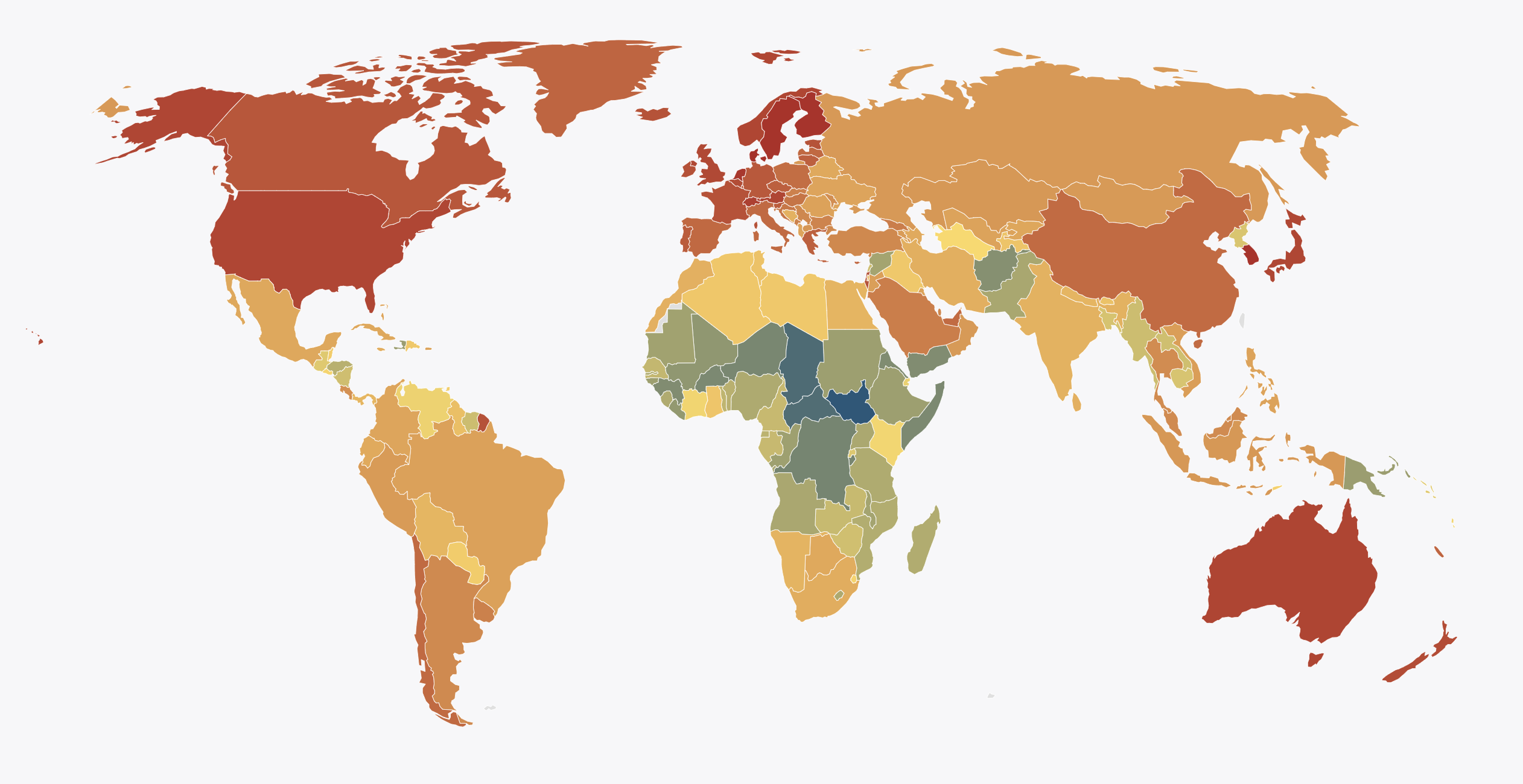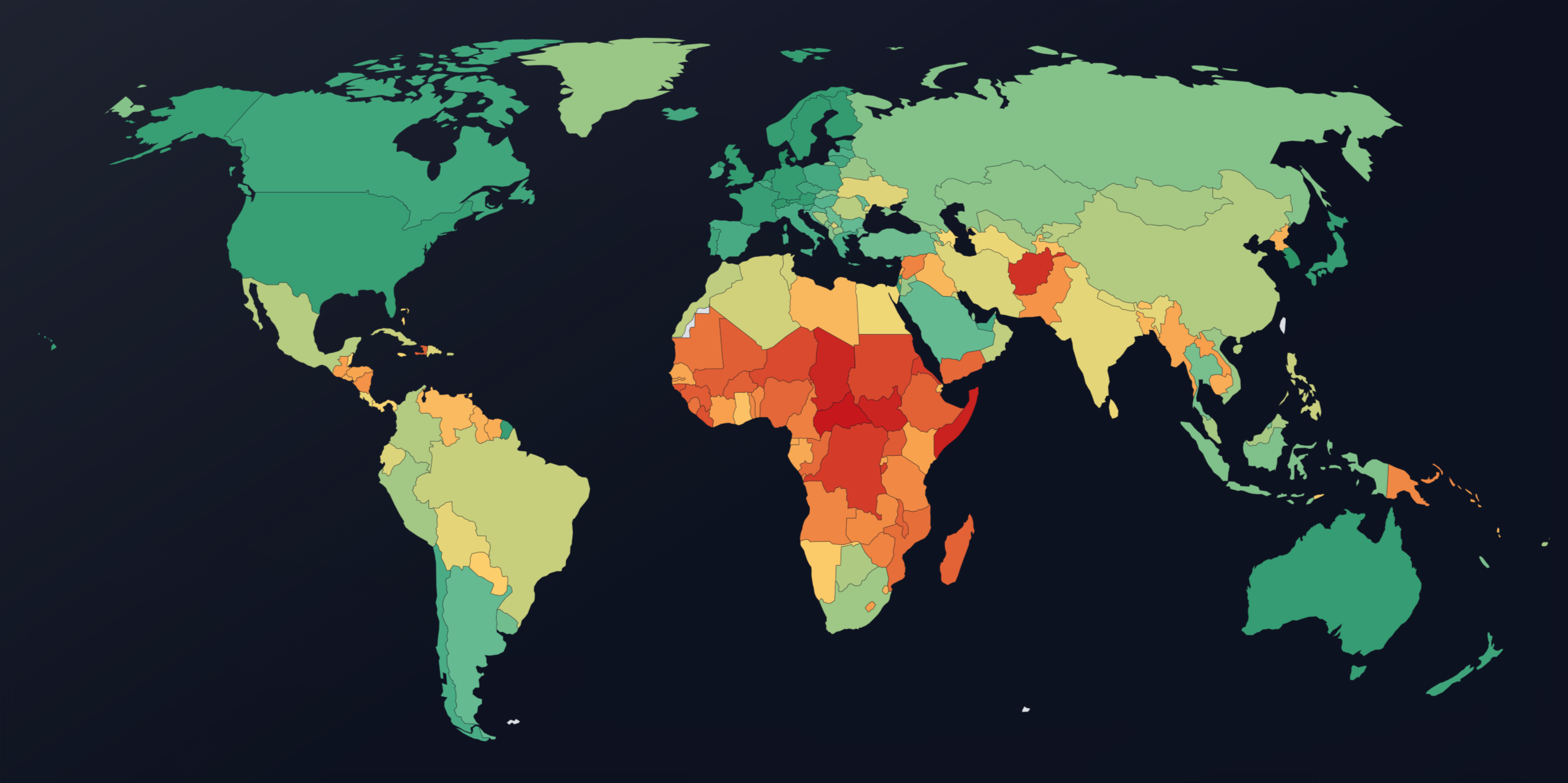
 Education Futures
Education FuturesAnnouncing the GEFRI public beta
Benchmarking education futures readiness with GEFRI
The Global Education Futures Readiness Index (GEFRI) is now available in public beta. GEFRI is a new, open tool for benchmarking how prepared countries are for the future of education.
Explore the platform at https://gefri.educationfutures.com
Why GEFRI?
The Global Education Futures Readiness Index (GEFRI) is an open, interactive tool for exploring and understanding how prepared countries are to meet the challenges and opportunities of education in a rapidly changing world.
GEFRI enables users to compare countries across multiple dimensions (innovation, infrastructure, equity, human capital, and governance) using the latest available data. Rather than prescribing rankings or solutions, GEFRI encourages discovery, comparison, and reflection on what readiness means for different contexts. It is designed to help policymakers, educators, researchers, and advocates explore patterns, identify strengths and gaps, and spark new conversations about the future of education worldwide.
What does a GEFRI Score for a country mean?
The GEFRI Score is a composite indicator ranging from 0 to 100, summarizing a country’s overall readiness for the future of education across five key dimensions: innovation, infrastructure, human capital, governance, and equity. Higher scores reflect greater system-wide preparedness for navigating the challenges and opportunities of education in a changing world.
Note: The GEFRI Score provides a broad, comparative benchmark rather than an absolute judgment of quality. Most countries fall within the middle ranges, reflecting the reality that education systems globally are still evolving. Top scores do not mean perfection, and lower scores may mask recent reforms or local successes. For meaningful interpretation, always review a country’s individual dimension scores, confidence ratings, and contextual notes in each profile.
What does GEFRI measure?
GEFRI assesses countries across five key dimensions:
- Infrastructure: Digital, physical, and technological capacity to support learning.
- Human Capital: Educational attainment, literacy, and enrollment at all life stages.
- Equity: Inclusive participation and gender parity in education access and completion.
- Innovation: Capacity to generate, adapt, and share new knowledge and technology.
- Governance: Effectiveness and quality of education policy and regulation.
Indicators are sourced from globally comparable, openly available data from the World Bank, UNESCO, and other international agencies.
How can you use GEFRI?
- Benchmark national performance against regional and global peers.
- Explore strengths and gaps in education futures readiness for any country.
- Visualize data interactively on a global map and searchable country table.
- Download or query the dataset for your own research and analysis.
GEFRI is a starting point for dialogue, not a final judgment. Scores reflect available data—sometimes including imputed values where gaps exist—and should always be interpreted in local context.
Why a beta release?
This beta release invites feedback as we fine-tune our methods and the platform experience. GEFRI is built openly and collaboratively. We invite you to:
- Explore the data and see how your country compares.
- Check our methods and logic: Is anything missing, unclear, or misleading?
- Suggest improvements to indicators, scoring, or user experience.
- Highlight data gaps or errors, especially for countries experiencing conflict or rapid change.
The full release is planned for mid-2025.
Share your feedback
We welcome your input as we prepare for GEFRI’s general release. Please review the beta, share your suggestions, and help us build a more robust, useful index.
- Try GEFRI: https://gefri.educationfutures.com/
- Review the methodology
- Send feedback: [email protected]
Thank you for helping us build a better tool for understanding and improving education futures worldwide.



